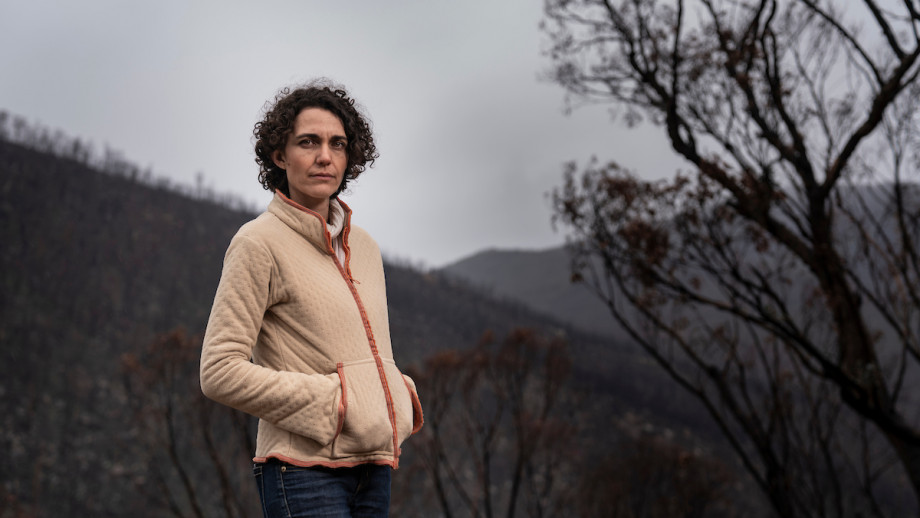Our SRAP-IEAP member, Dr. Marta Yebra (Australian National University, ANU), has been appointed as Director of the “ANU-Optus Bushfire Research Centre of Excellence“.
The ANU-Optus Bushfire Research Centre of Excellence will undertake advanced research and develop hi-tech solutions to predict, identify and extinguish blazes before they become deadly. The ambitious program will run until 2024. In the short-term, experts from Optus and ANU will work together to develop an autonomous ground-based and aerial fire detection system.
By 2022, the program proposes launching a constellation of satellites, managed by ANU, to complement the fire detection system. The program will look to be augmented by a geostationary satellite to help spot and track fires as well as deploy extinguishing technologies.
The program will investigate how to use existing and new technologies including infra-red cameras, drones, robotics and satellites. It will also harness expertise and research in space, communications, computer vision, sensing systems, defence, data analytics and bushfire science.
Bushfires are expected to cost the nation at least $30 billion over the next three decades. Recent modelling from ANU shows investment in early bushfire detection could save Australia $8.2 billion over the next 30 years.
More details:
- ANU Media Release: ANU-Optus Bushfire Research Centre of Excellence
- ANU News: New partnership to help stop catastrophic bushfires

